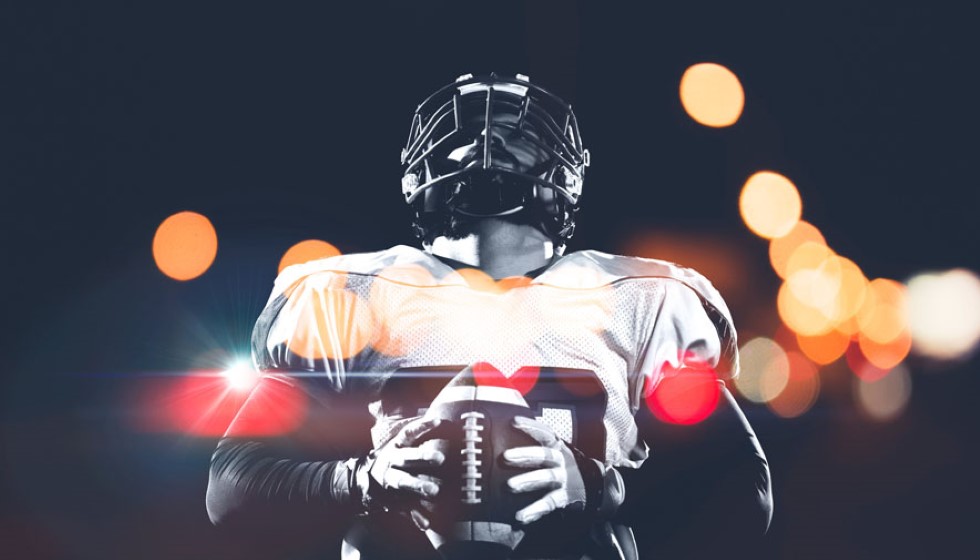
Rising Concerns Over Athlete Home Burglaries
In recent weeks, the sports world has faced an unexpected threat as an alarming series of burglaries have specifically targeted the homes of high-profile athletes. This unsettling trend has prompted both the National Football League (NFL) and the National Basketball Association (NBA) to issue security alerts to their teams and players, highlighting the seriousness of the situation and the need for enhanced security measures.
Targeted Athletes
The surge in home invasions has not discriminated based on fame or skill. NFL stars Patrick Mahomes and Travis Kelce, both crucial players for the Kansas City Chiefs, have fallen victim to these concerning crimes. The incidents have raised eyebrows and sent shockwaves through the sporting community.
The burglaries occurred around the Chiefs' Week 5 clash with the New Orleans Saints, a period during which these athletes were undoubtedly focused on the field rather than the safety of their homes. The Belton Police Department was alerted to a break-in at Mahomes' residence shortly after midnight on October 6, indicating the calculated timing chosen by the perpetrators.
Methodical Attacks
The method behind these crimes appears disturbingly systematic. Just a day after the burglary at Mahomes' residence, Travis Kelce’s home was targeted, this time with the burglary occurring almost immediately after kickoff. Kelce reported the theft of $20,000 in cash, and the damage to his back door was a stark reminder of the invasion.
These incidents are far from haphazard. Law enforcement officials have noted the sophisticated tactics employed by the burglary groups, which include intensive surveillance of athletes' properties. Intruders often pose as grounds maintenance workers or blend in as casual joggers in the neighborhood, gathering crucial intelligence for their nefarious activities.
Security Measures and Precautions
In response to these developments, sports organizations have intensified their recommendations for athletes regarding home security. Players are advised to invest in comprehensive security systems, replete with alarms and surveillance cameras, to deter potential intruders. Additionally, a crucial piece of advice is caution on social media; athletes are urged to avoid broadcasting their locations or daily routines, which could inadvertently provide burglars with a roadmap to their next target.
The sophistication of these burglaries is further emphasized by the focus on homes located in secluded areas. These locations offer easier access and escape routes for the criminals, making them ideal targets. Furthermore, the burglars' systematic approach typically directs them to master bedrooms and closets, areas where valuable items are often stored.
Community and Law Enforcement Response
The broader implications of these crimes extend beyond the immediate impact on the victims. The targeted nature of the burglaries suggests a well-organized effort, and both law enforcement and community members are on high alert. The cooperation between sports leagues, teams, and law enforcement is crucial in addressing and mitigating this threat.
As the investigation continues, there is a burgeoning dialogue around the proactive measures that can be taken to protect athletes, many of whom already operate under the constant watch of the public eye. With sports figures being prominent public personalities, balancing privacy and security remains a delicate challenge.
While the recent spate of burglaries serves as a stark reminder of vulnerabilities faced by athletes, it has also catalyzed meaningful conversations and actions around enhanced security protocols. The hope is that these measures will not only protect individuals but also deter future criminal activities, ensuring that the focus remains squarely on the excellence demonstrated on the field rather than distressing incidents off it.